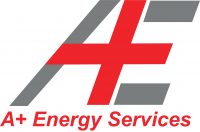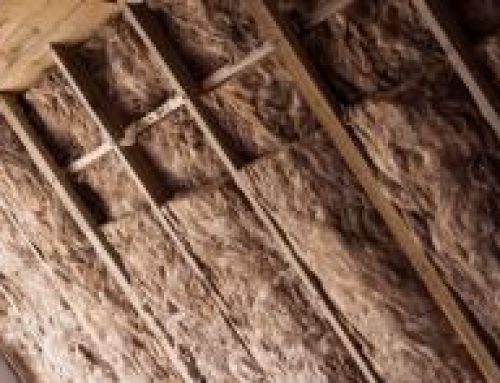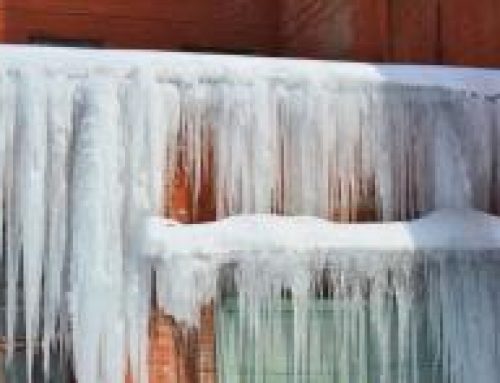It’s been a cold and snowy winter here in New Hampshire, and it looks like it will be at least another couple of months before things let up. Many homeowners in the area are noticing heavy mounds of ice and icicles forming along their roof’s edge — are you one of them?
Ice dams and icicles on the roof may not look threatening, but they can actually cause significant water damage to your home. And contrary to popular belief, they are not always a sign of a roofing or gutters problem. More often, ice dams are a sign that heat is escaping into the attic. To protect your home from water and roof damage, learn more about how ice dams form and how you can prevent them in the first place.
How Ice Dams Form
In order to prevent ice dams from forming on your roof, it’s important to understand how they form in the first place.
It all starts when excess heat in the attic warms the roof’s surface, melting accumulated snow on the roof. This melted snow then flows down the roof and refreezes along the roof’s edge where it is colder. Over time, this ice forms a “dam” which prevents other melting snow from draining off of the roof. This can cause water to pool up on the roof and seep underneath the shingles, leading to attic moisture issues, wet insulation, mold, and rotting building materials.
Prevent Ice Dam Formation with These Attic Upgrades
Many homeowners attempt to remove ice dams from the roof after they form, which can take years off the roof shingles life expectancy, and in many cases, raise homeowners’ insurance premiums after an insurance company’s annual inspection. It’s actually much easier to prevent ice dams from forming in the first place. Preventing ice dams starts with properly air sealing and insulating the attic.
Attic air sealing
During the winter, heated air rises naturally due to what is called “stack effect.” If there are air leaks leading up into the attic — which is common around recessed lighting, wiring and plumbing penetrations, the tops of the interior and exterior walls, chaseways, leaky ductwork, and the attic hatch — heated air will accumulate in the attic. This, in turn, triggers the ice dam formation cycle.
Air sealing with spray foam closes up any air leaks that lead into the attic, keeping heated air where it should be — in your living spaces. Think of it as if you bought the best coat money could buy, but you bought it 10 sizes too large. Will it keep you comfortable and warm? Well, it’s not the best, since air can come in, around and thru, robbing your body heat.
Attic insulation
No attic upgrade is complete without proper insulation. While air sealing keeps air from rising up into the attic, insulation keeps heat from seeping into the attic through building materials. When proper insulation is paired with air sealing, you can keep your living spaces warmer and your attic cooler, preventing ice dams from forming in the first place.
Upgrading Your Attic Starts with an Energy Audit
No visual inspection can completely uncover where your attic needs air sealing and insulation; that’s why it’s important to schedule an energy audit first if you think it may be time to upgrade your attic. An energy audit is an in-depth inspection which includes diagnostic testing to pinpoint exactly where air sealing and re-insulation are needed and can measure just how leaky your home really is, from the hidden areas, most people never think about.
If you’re in the Southern NH area and see ice dams or icicles on your roof, talk to the team at A+ Energy Services. We’ll assess your attic and pinpoint the root cause of your ice dams, and then complete air sealing and insulation as needed to protect your home from winter water damage.











Leave A Comment